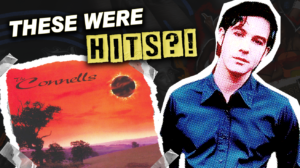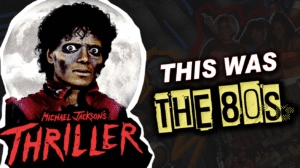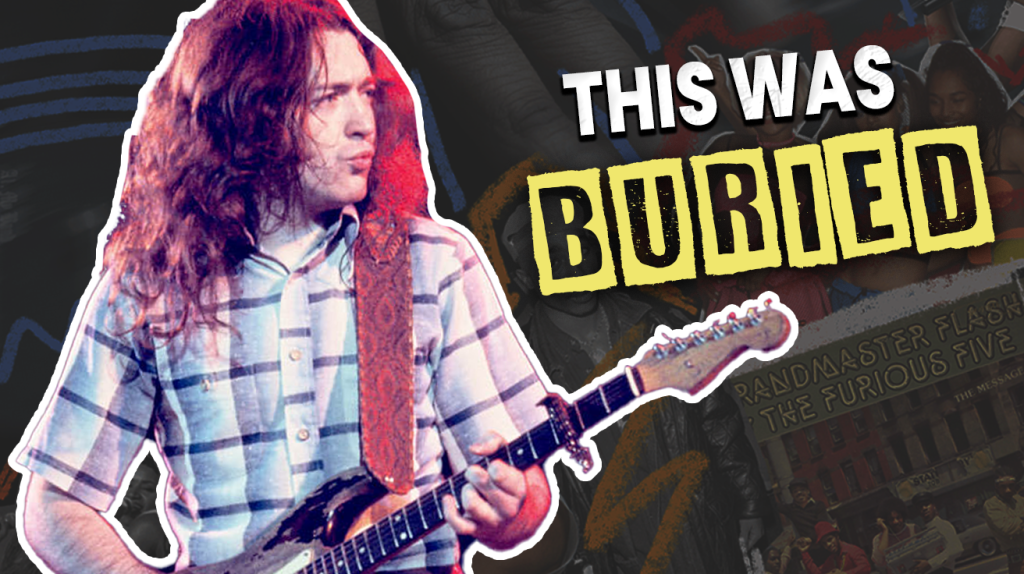
The 1970s spawned legendary albums that still dominate classic rock radio, but for every “Stairway to Heaven” getting its millionth spin, there’s a masterpiece gathering dust in the vault. These overlooked tracks didn’t just fill album space—they pushed boundaries, influenced entire generations of musicians, and created moments of pure sonic magic that somehow slipped through the cracks of mainstream memory.
10. Walk on Hot Coals – Rory Gallagher

Rory Gallagher’s 1973 masterpiece “Walk on Hot Coals” runs nearly seven minutes of pure guitar wizardry, yet most rock fans have never heard it. Released on his album Blueprint, which peaked at No. 12 on the UK charts, this track marked Gallagher’s evolution from power trio to quartet with the addition of keyboardist Lou Martin and drummer Rod de’Ath.
The song blends extended guitar solos with blues-rock foundations in a way that makes modern “guitar heroes” sound like they’re playing with training wheels. Gallagher’s live renditions from his Irish Tour and BBC’s “Sounds of the Seventies” became cult favorites among musicians, though mainstream radio never caught on. Eric Clapton and Jimi Hendrix both praised Gallagher’s talent, with Clapton famously calling him one of the finest guitarists he’d ever heard.
9. Tarkus – Emerson, Lake & Palmer
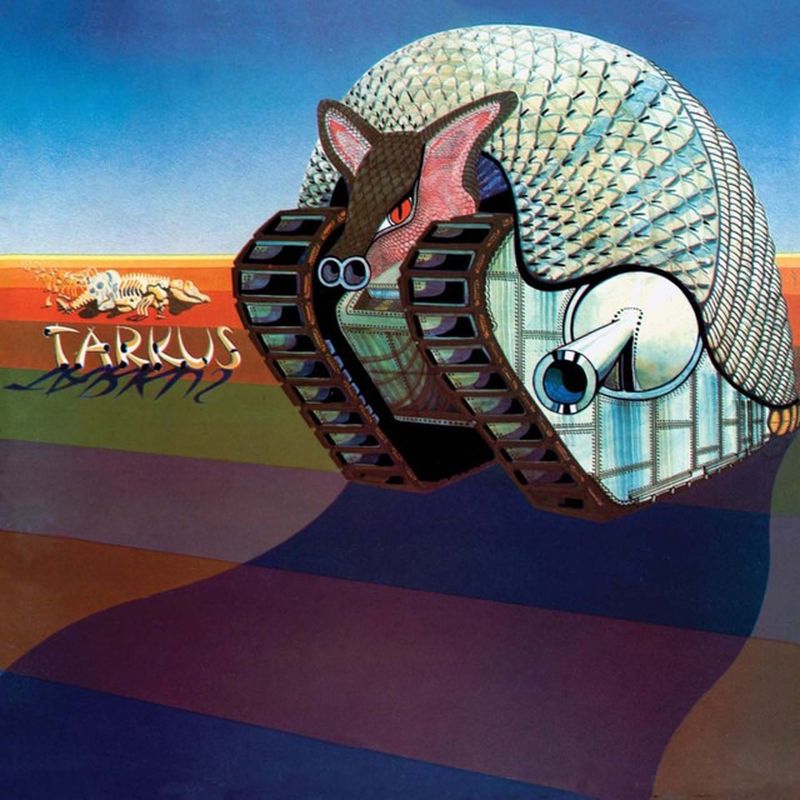
This 20-minute instrumental suite tells the story of a mythical armadillo-tank hybrid through seven interconnected movements. Released in 1971, “Tarkus” showcased Keith Emerson’s keyboard mastery and the band’s ability to craft complex narratives without a single word.
The track’s elaborate concept and technical demands meant it rarely appeared on radio playlists, despite the album reaching No. 1 in the UK. Musicians still cite “Tarkus” as a masterclass in progressive composition, though its length and complexity kept it from achieving the mainstream success of shorter ELP tracks like “Lucky Man.”
8. 21st Century Schizoid Man – King Crimson
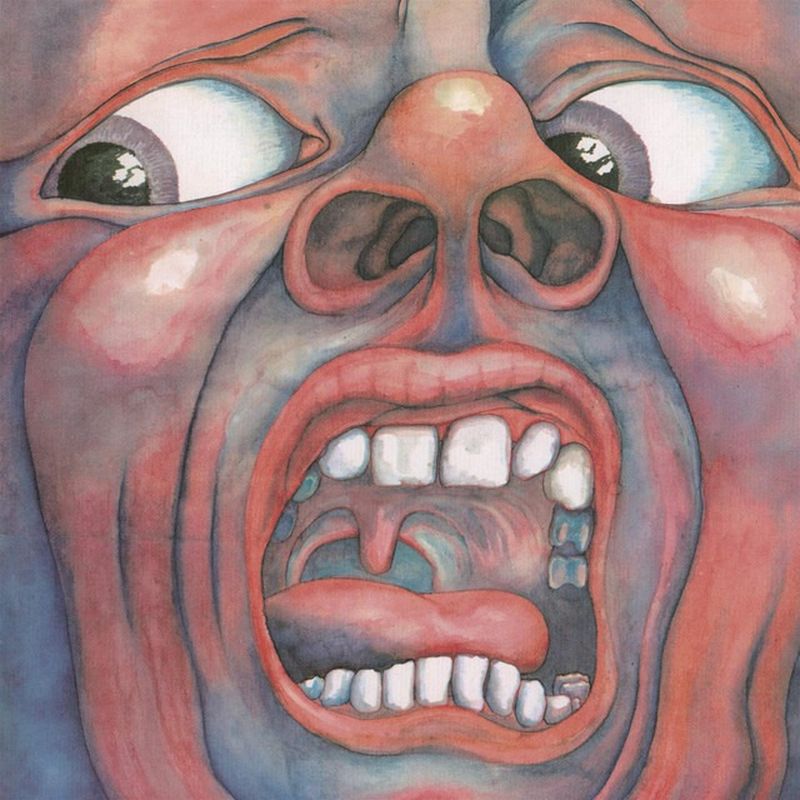
King Crimson’s 1969 opener from “In the Court of the Crimson King” hit like a sonic sledgehammer, combining jazz fusion, hard rock, and avant-garde elements into something completely unprecedented. Robert Fripp’s grinding guitar riffs and the band’s explosive dynamics created a template that influenced everyone from Tool to Metallica.
Despite being featured on one of progressive rock’s most celebrated albums, “21st Century Schizoid Man” never achieved standalone recognition. The track’s aggressive nature and complex time signatures made it too challenging for most radio formats, relegating it to deep album cuts despite its revolutionary impact on heavy music.
7. Machine Head – Deep Purple
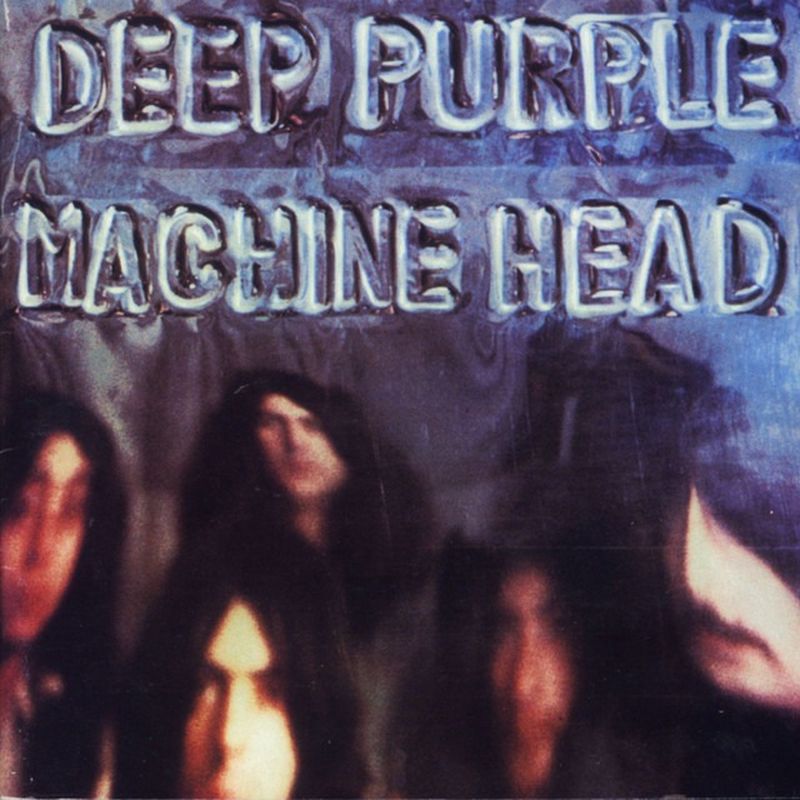
While “Smoke on the Water” became Deep Purple’s calling card, the title track “Machine Head” from their 1972 album deserved equal attention. This driving rocker showcased the band’s tighter songwriting and Ritchie Blackmore’s evolving guitar style during their creative peak.
The song’s relentless energy and memorable hooks made it a live favorite, but radio programmers consistently chose the more accessible hits from the same album. “Machine Head” the track represents Deep Purple at their most focused, without the extended jams that sometimes diluted their radio appeal.
6. Thick as a Brick – Jethro Tull
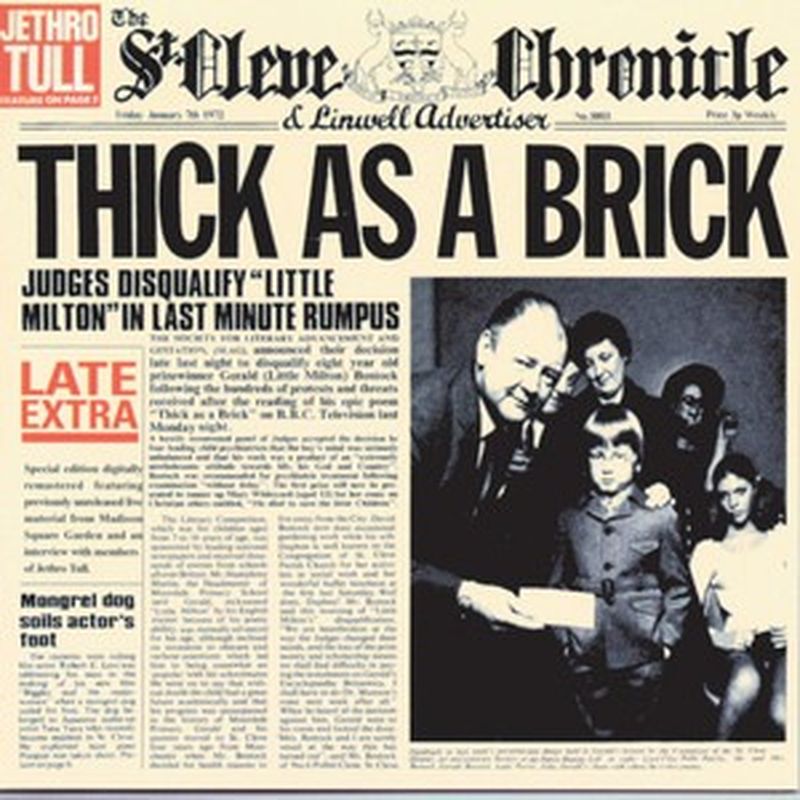
Ian Anderson’s 1972 concept piece occupies an entire album side, telling a satirical story through complex musical movements and Anderson’s distinctive flute work. The track parodies progressive rock’s pretensions while simultaneously delivering some of the genre’s finest moments.
Radio stations couldn’t figure out how to program a 43-minute song, despite “Thick as a Brick” reaching No. 1 in several countries. The album’s success came from FM radio playing selected segments, but the full experience of the complete composition remains unknown to most rock fans.
5. The Gates of Delirium – Yes
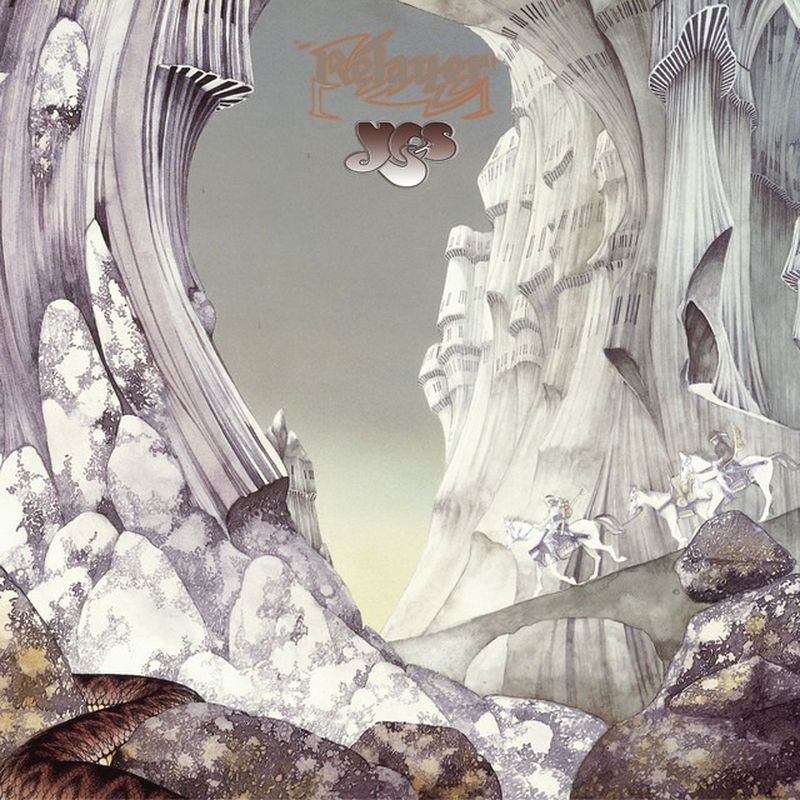
From 1974‘s “Relayer,” this epic showcased Yes at their most adventurous, building tension through complex instrumental passages before exploding into the peaceful “Soon” section. The track’s three movements capture both the brutality of war and the hope of resolution.
Steve Howe’s guitar work and the band’s intricate arrangements influenced countless progressive and alternative rock bands, though the song’s length and intensity limited its radio exposure. “The Gates of Delirium” remains a deep cut for all but the most devoted Yes fans.
4. Bambaataa – Shuggie Otis
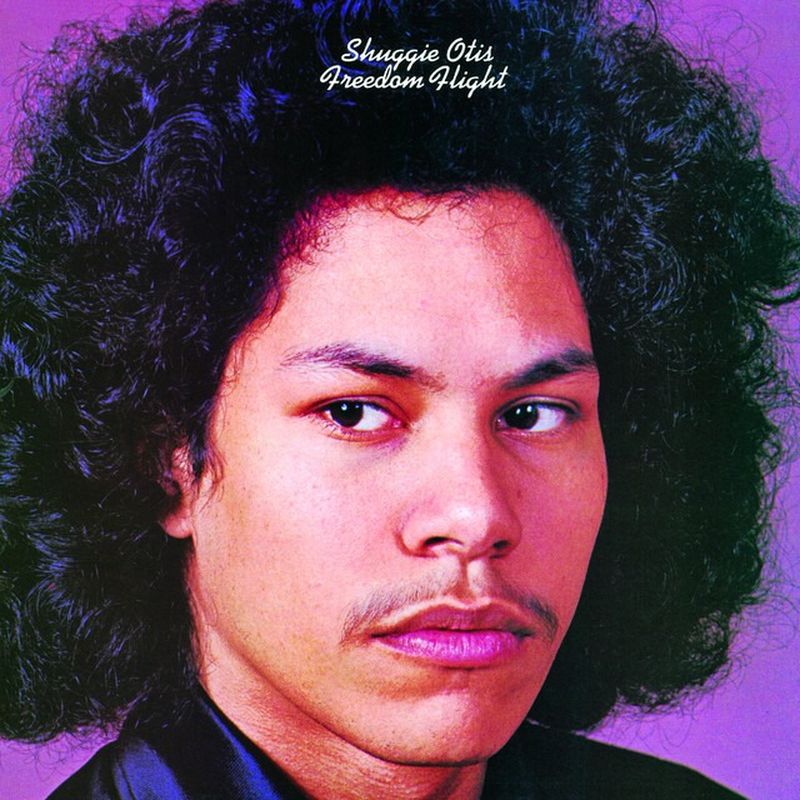
Shuggie Otis crafted this groove-heavy instrumental in 1971, combining funk rhythms with psychedelic guitar work that wouldn’t sound out of place on a modern indie rock album. His multi-instrumental skills and production techniques influenced everyone from Prince to D’Angelo.
Despite critical acclaim and influence on hip-hop sampling, “Bambaataa” never found its commercial audience during the ’70s. The track’s genre-blending approach was too advanced for most listeners, though its rhythmic innovations helped shape funk and R&B for decades.
3. Larks’ Tongues in Aspic – King Crimson

This 13-minute composition from 1973 features some of the most complex rhythmic patterns in rock history, with David Cross’s violin adding an classical element to Fripp’s angular guitar work. The band’s precision and creativity reached new heights on this challenging piece.
Music schools still use “Larks’ Tongues in Aspic” to teach advanced rhythm concepts, but its technical demands kept it from mainstream radio. The track influenced progressive metal and post-rock movements that wouldn’t emerge for another two decades.
2. Heart of the Sunrise – Yes
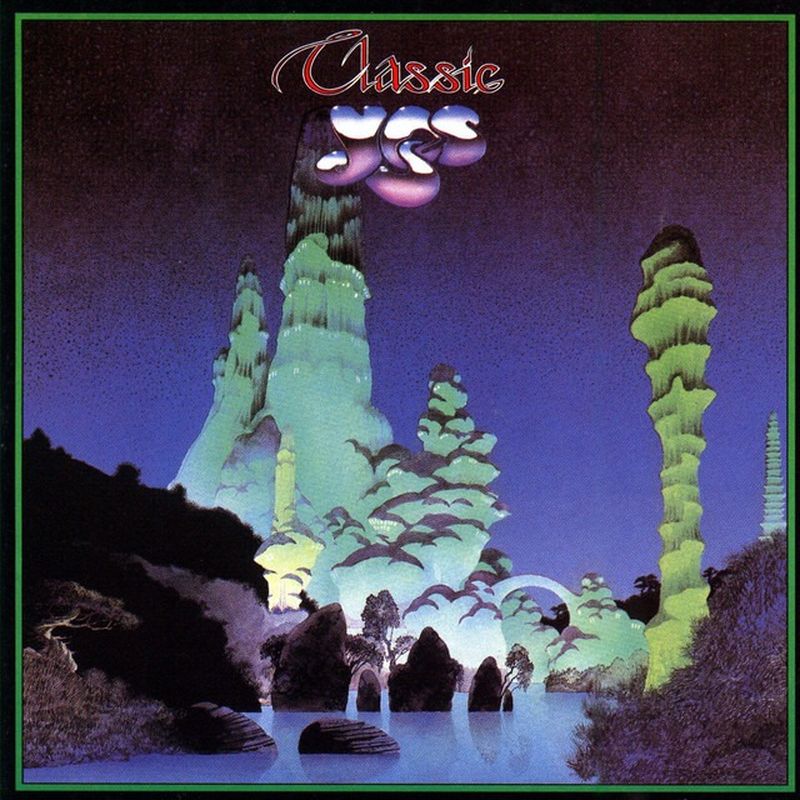
From 1971‘s “Fragile,” this track demonstrates Yes’s ability to construct epic journeys from simple melodic fragments. Chris Squire’s bass work anchors complex arrangements while Bill Bruford’s drumming provides rhythmic sophistication that still sounds modern.
Although “Roundabout” became the album’s radio hit, “Heart of the Sunrise” represents Yes at their most adventurous and cohesive. The song’s dynamic shifts and intricate interplay between instruments created a template for progressive rock composition.
1. Close to the Edge – Yes

This 1972 epic represents the pinnacle of Yes’s creative partnership, combining complex arrangements with memorable melodies in a way that influenced generations of musicians. The track’s four movements flow seamlessly while maintaining distinct emotional territories.
Despite the album reaching No. 3 in the US, the title track’s length prevented radio play outside of specialized programming. “Close to the Edge” remains the band’s most acclaimed composition among musicians, though casual fans might only know their shorter radio hits.




